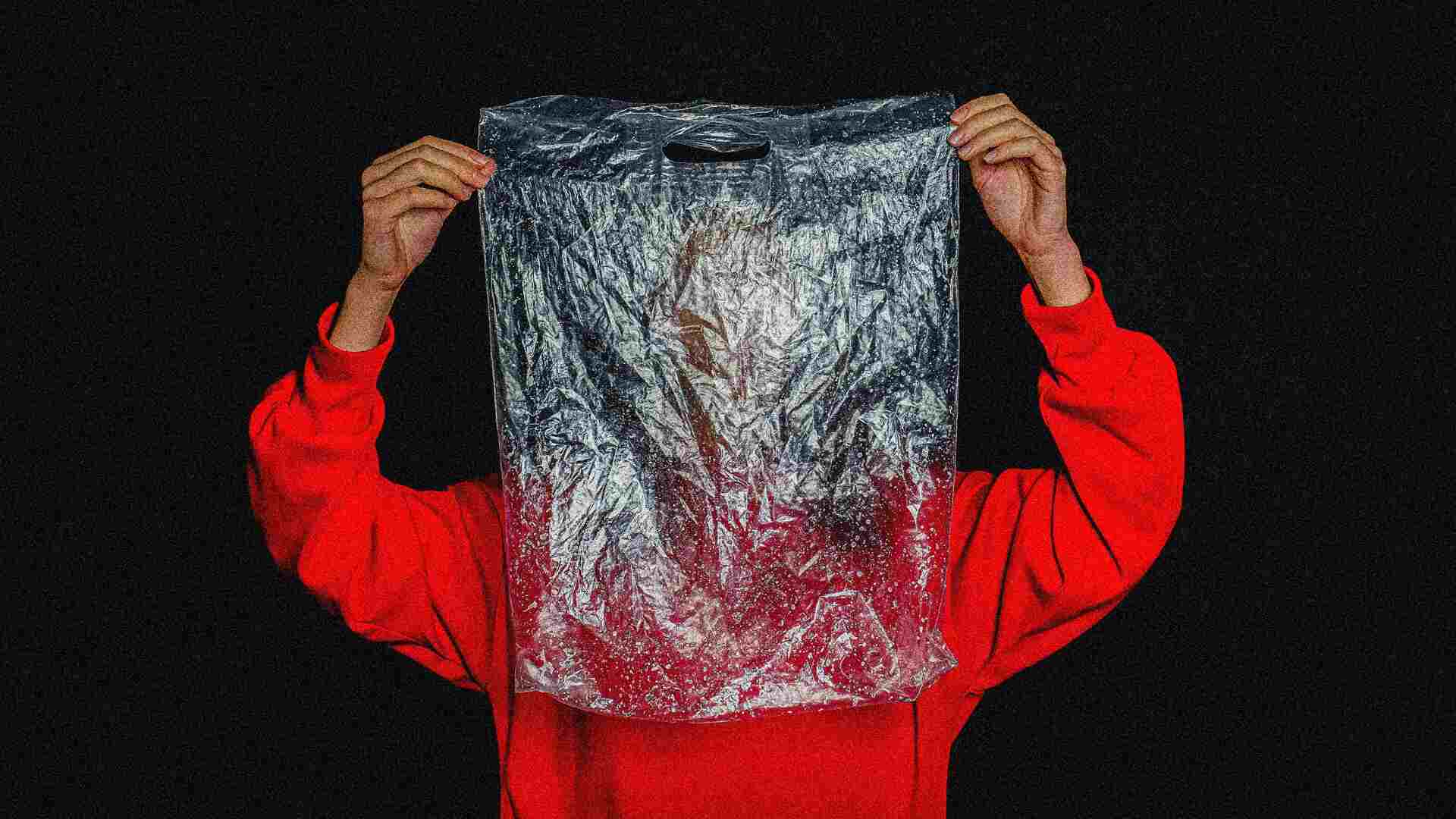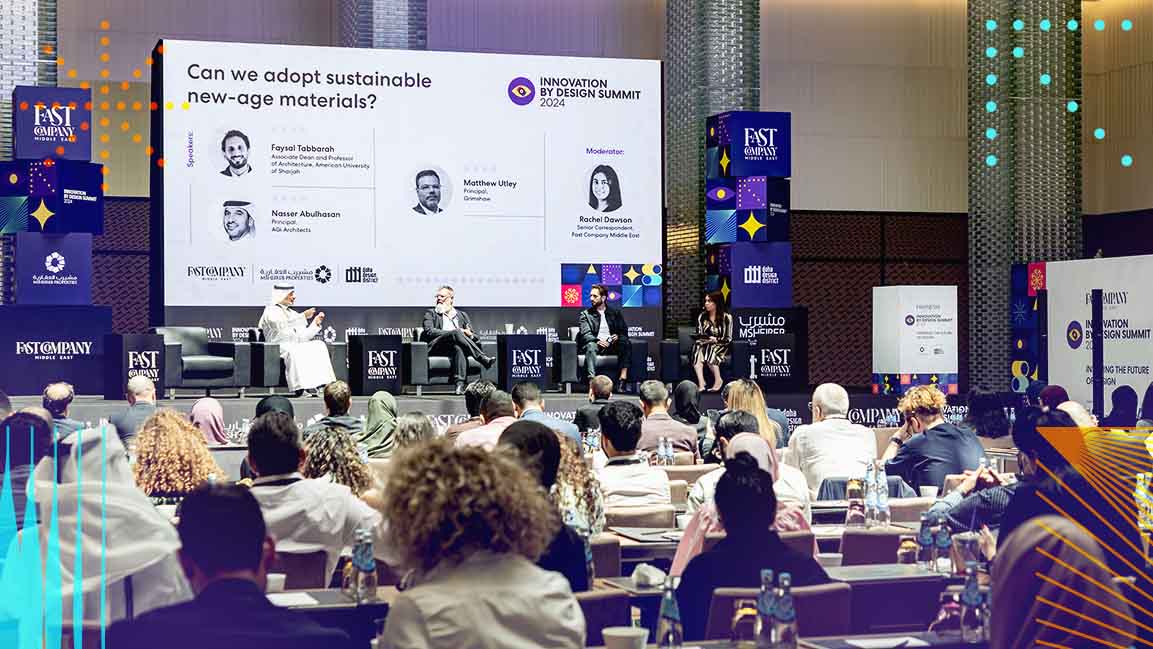- | 8:00 am
This is the moonshot climate entrepreneurs should pursue
A former Apple exec explains when you make the ‘right’ thing to do the ‘easy’ thing to do, people change their daily rituals.

Nuclear fusion, carbon capture, lab-grown cheeseburgers: Today’s moonshot-climate tech projects feature a lot of exciting—and some complicated—answers to combating climate change. But for climate tech innovators, one of the greatest barriers to global impact is far less complicated to explain, but much more difficult to achieve—behavior change.
A key lesson I’ve learned over two decades of working on paradigm-shifting technologies like the iPod, iPhone, and the Nest Learning Thermostat is when you make the “right” thing to do the “easy” thing to do, people change their daily rituals. At Nest, for example, we found that making it easy to save money and energy at home had utility scale and grid-level impact.
Although building and scaling new climate technology in a way that changes daily habits on a global scale can be daunting, lessons from moonshot technologies of the past decade, like electric vehicles and solar panels, can teach us a lot about how to change legacy behaviors in a way that’s good for people and the planet.
There are three principles inventors should keep in mind when designing technologies or systems to encourage new, climate-savvy behavior change:
- Mimic a previous behavior.
- Make the new option better, easier, and more convenient than what came before.
- Use data, gamification, and feedback loops to validate and maintain long-term behavior change.
MIMIC A PREVIOUS BEHAVIOR
Talking about behavior change is a misnomer because what we really are talking about is behavior tweaks. We as a society are busier than ever, and if the success of a solution relies on people radically changing what they’re used to, it is less likely to achieve systems-level impact. The onus should be on the technology—not on the person—to change.
For example, take the Nest thermostat. Although Nest has helped tens of millions of people save nearly 125 billion kilowatt hours of energy, the actual behavior change in the design wasn’t that different from how you would normally engage with a thermostat. It was still a device on the wall, and you turned a dial. The real change was the green leaf icon, which was a fun, intriguing way to opt-in to a climate-smart choice. Technology—not the consumer—did all the hard energy-optimizing work in the background.
You can also think about this in terms of electric vehicles. Although the energy source in electric vehicles is fundamentally different from traditional fossil-fuel-powered cars, the way you plug the electric fuel source into the car mimics the traditional behavior of fueling up at a gas pump. Your brain intuitively understands the motion of “fueling up,” and so the change itself doesn’t feel so different.
In my current role as founder and CEO of Mill, a service that sends food back to farms by turning your kitchen scraps into an ingredient that can feed chickens, I’ve been spending a lot of time on this principle as it relates to food waste. More specifically, on how to mimic a previous behavior to prevent food waste.
For many of us, managing day-to-day food that gets wasted means throwing something “away.” There’s a bin—typically in your kitchen—where food scraps go straight off the cutting board. After a few days (or hours, depending on what you had for dinner and how many small children in your house throw food on the floor), someone takes that bin out of the house.

In the meantime, that bin is gross to deal with. If you’re composting, the food might stay in your house for long periods of time, and you’ll deal with rotting smells, fruit flies, and unwelcome pests. If you are into foods like fish or pork chops, you might be taking your bin out every day to avoid the smells—a daily chore that no one enjoys.
When designing Mill, we wanted to mimic that experience of throwing something “away” in a way that was better for you, for your kitchen, and the planet. The Mill kitchen bin looks and feels like the kitchen bin experience you know. There’s a pedal you step on, and the lid lifts up so you can throw in your kitchen scraps. The behavior change isn’t that different. The real magic happens inside.
MAKE THE NEW OPTION BETTER, EASIER, AND MORE CONVENIENT THAN WHAT CAME BEFORE
Although, from the outside, the Mill experience mimics what you already know, the technology inside is different. Your bin “runs” automatically overnight—like a dishwasher—and when you wake up in the morning you’ll find your kitchen scraps transformed into a fresh batch of Food Grounds.
The key point: Mill’s entire experience is not that different from what you’re used to when it comes to food scraps “going away,” but the potential for systems impact by keeping food out of the landfill is significant. When food breaks down in landfills it releases methane, which is 80 times more potent than CO2 over a 20-year period at a time when we need urgent climate action.
When designing systems for behavior change, the new behavior should be better, easier, and more convenient than what came before. With electric vehicles and solar panels, you save on energy costs while also making a choice that’s better for the environment.
USE DATA AND FEEDBACK LOOPS TO REINFORCE POSITIVE BEHAVIOR CHANGE
Once you’ve secured buy-in to a new climate-positive behavior change, data and feedback loops can help reinforce and maintain the behavior. At Nest, monthly impact reports and gamification made it easy and fun for people to continue energy-saving behavior. We’re taking a similar approach at Mill, helping people see how many pounds of kitchen scraps they toss in the bin, which can help inform and hopefully adjust habits further up the behavior chain over time so people buy—and waste—less food in the first place.
Government leadership can and should also play an important role in spurring innovation to guide behavior change. Setting direction for where we need to go is particularly important—and impactful—as it relates to the climate. The new tax credits for electric vehicles included in the Inflation Reduction Act (IRA), for example, can help offset some of the initial capital expenses of purchasing a new electric vehicle. And early reports of a flood of workers moving from fossil fuels to renewable-energy jobs, for example, are an optimistic bellwether that aggressive federal “green job” targets can impact career choices.
It is our job as inventors and innovators to make climate-smart behavior change easy and fun. Some people will always do the “right” thing—but lots more people will do the “right” thing if it’s easier, better, and more convenient than what they had before. Small, daily behavior tweaks add up to real systems impact.
This is our moonshot.







































